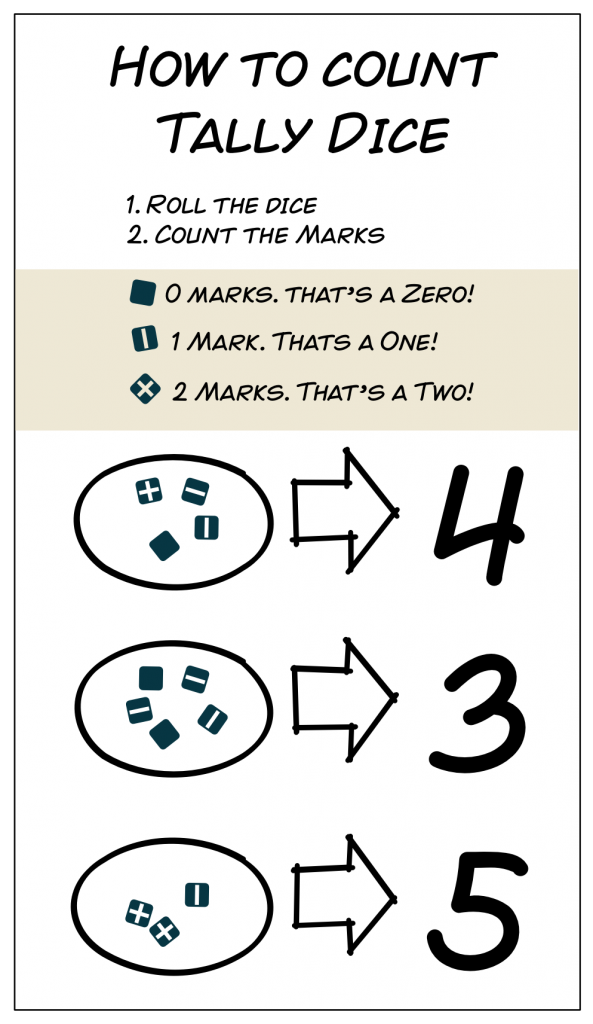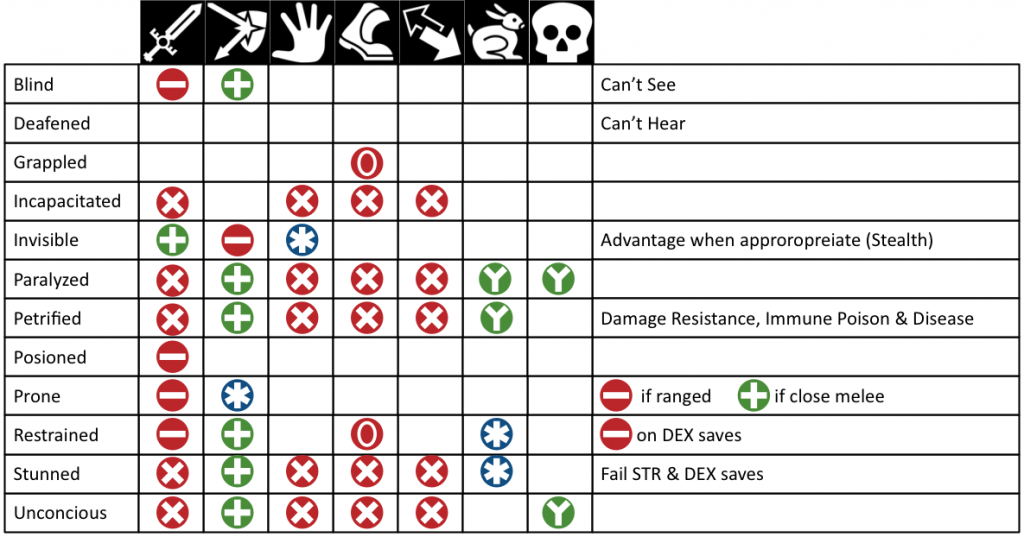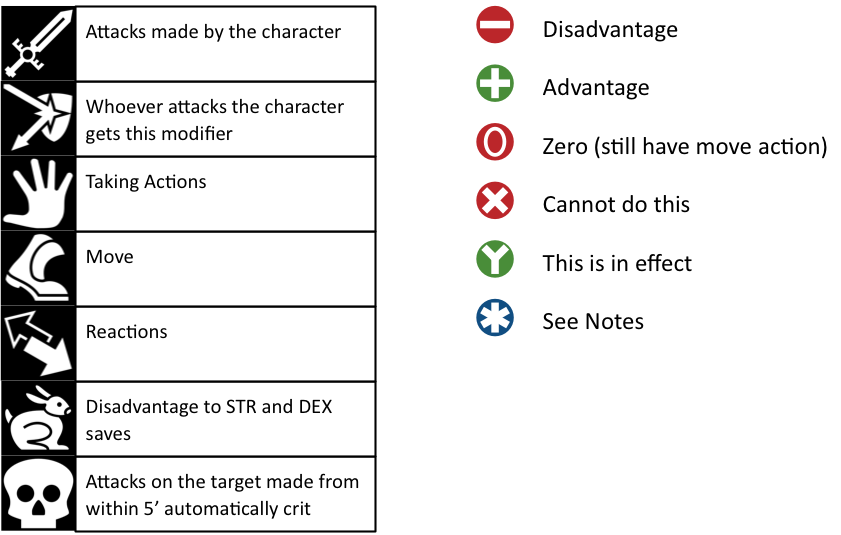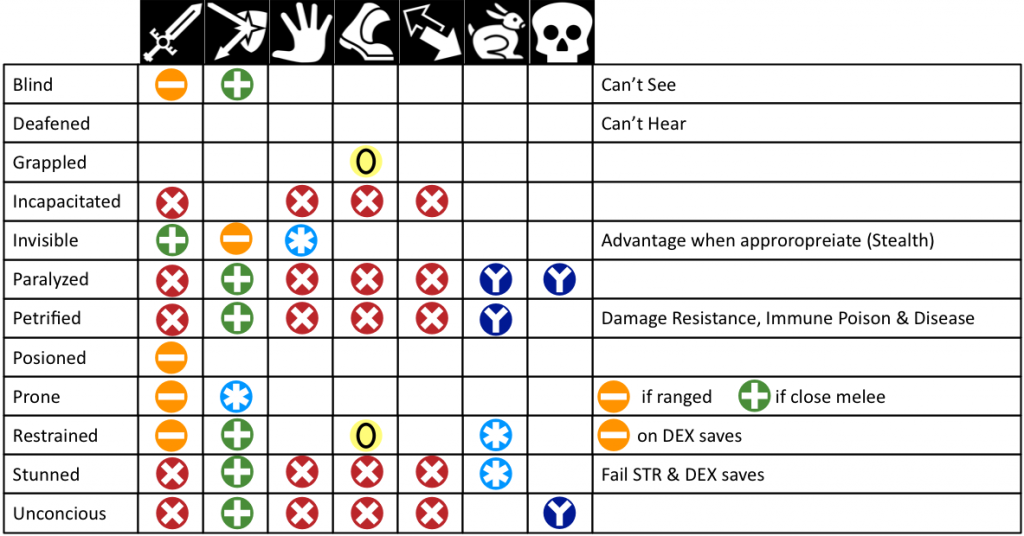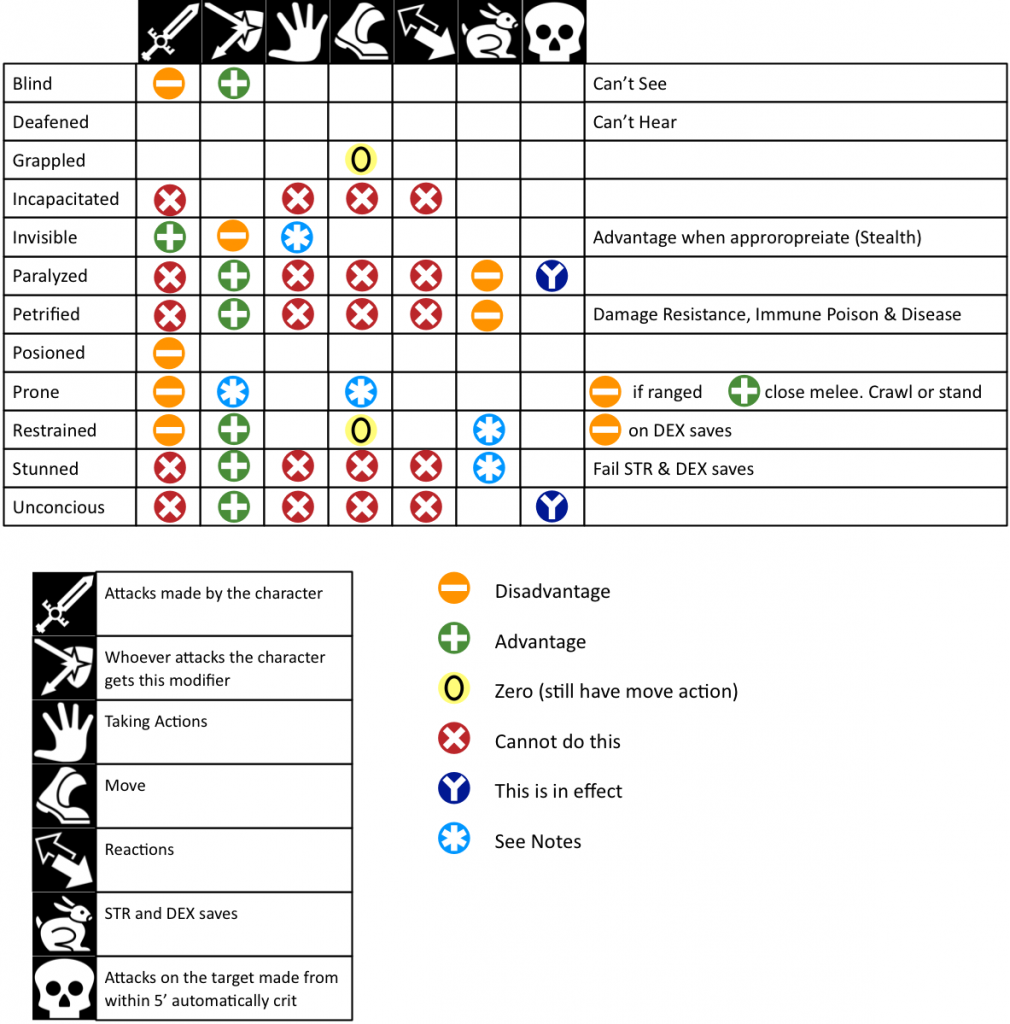 Opening Questions:
Opening Questions:
Urv: How do people from Umalon contact you when you’re afield. (Dead Drops).
Jack: How had your previous safe house gotten burned and what were you doing to arrange a new one (Someone at the poker game was a snitch. Now, Jack is negotiating with Penny, the owner of the Wrinkled Toadstool, to acquire some space Penny uses for smuggling.)
Fafnir: Who is asking you to cook dragon? (The Admiral)
Sanguinus: You need to see a map to cross reference something in the logbook. Who has it? (Lozon, an expatriate of the elvish fleet, who left the fleet in the possession of several of their more precious maps, and is nowadays a high end cartographer in Rzae).
Actual Play
At the outset of things, life was great for Fafnir. He was given run of the Admiral’s kitchen, got along well with the head cook, who he had temporarily displaced, and had a staff and several hundred pounds of dragon meat to prepare as he saw fit.
Jack’s negotiations with Penny had not gone well, but in digging some dirt on her, he discovered she had gotten into brewing, but had not been successful in finding buyers. Knowing she had an in at this big shindig, she offered a deal – if the Admiral would buy a substantial portion of Penny’s beer, Jack could use the space. Servants were coming and going already (because Fafnir needed a LOT of stuff) so Jack bribed on and drove their wagon in, adding a keg to the inventory.
Sanguine spoke to Lozon the cartographer(after a hate-filled exchange with the man’s dwarves butler). Lozon had a copy of Avogadro’s map, and an inkling that Sanguinus was working for the Admiral. After a negotiation where both sides made it clear violence was a bad idea, Lozon agreed that if Sanguinus could get him into the dragon gala, then Sanguinus could study the Map in question.
Meanwhile, Urv had gotten a message from one of his University colleagues, and went to investigate. He was leery of going to Umalon without a disguise, so he went looking for someone whose face he could duplicate.
Then it all went horribly, horribly wrong.
Sanguinus went to the Admiral’s villa to request an invitation. As he was waiting, Jack’s wagon came up. There was an exchange of hand signs where Sanguinus communicated to jack that he needed an invitation to the party. However, as the guards infected Jack’s wagon, and jack attempted to hand-sign “I need a distraction”, she rolled snake eyes (that’s #1) and communicated “Start a fight”. Sanguinus obliged and cold cocked a guard.
Which lead to Sanguinus fleeing, and trying to use THE WORD on his pursuers. He rolled snake eyes (#2) and succeeded too well, panicking the entire district, which started throwing the city into chaos, a state which would be exacerbated shortly.
Simultaneously, Jack fled in the other direction and, rolling with a penalty, rolled 3 ones, for super Snake Eyes, and ran over the Admiral who had been coming down to talk to Sanguinus. Jack took the opportunity to note a lack of witnesses and steal the Admiral’s mask and robe (revealing a surprisingly old man) and dump the body in the nearby canal. Her defy danger on this produced mixed results, so I informed her that of course there were no witnesses, and the Admiral was most certainly dead.
Elsewhere, Urv was looking for a friendly face to mimic so he could travel to Umalon incognito. He checked the patrons of the Muddy Yak and found Ajax who was willing, but Urv would owe him a favor. Cue Snakes eyes #4. I rummaged through my notes, pulled out Ajax’s sheet, handed it to Urv’s player and took Urv’s sheet for myself, as Urv found himself in a larger, stronger, but far less magical body.
At this point, it was good that I was not particularly married to any plans I’d had. My general intent had been to draw things together at the Admiral’s dragon themed party, just to get folks to the same place, but I pretty much tossed that out the window and accepted that the table was going to be largely scattered, and we’d see how that shook out.
Jack, of course, proceeded to pass himself off as the Admiral with reasonable success. He arranged for an invitation for Sanguinus, arranged for the kitchens to buy beer from the person he needed a favor from, and then started issuing orders to deal with the chaos that Sanguinus had unleashed in the city.
Urv and Ajax dealt with a bit of a freakout which resolved in Ajax (in Urv’s body) deciding that drinking was the best possible plan. Urn left him, instructing him to stay put, and went to his rendezvous with professor Dilvish, presenting himself as someone who Urv had sent. Dilvish talked some about growing tensions. The professor who had sent Urv on the airship job had been very brutally murdered and a lot of people were asking questions, some of them about Urv. And “people” included both wizards and Alchemists. Dilvish also revealed his suspicion that Urv had access to a different world, and gave Urv a bundled staff to deliver to Urv for translation, as it was Dwarfish, but unlike anything Dilvish had seen.
As Urv was leaving, he was approached by a trio of godless cavaliers, who insisted he come with them.
Sanguinus fled the chaos and back to the Ice Witch, where Tetra was, and he brought her up to speed. A messenger came with the invitation, and Tetra was very curious about Lozon, as he was somewhat infamous among the fleet elves. However, as they set out to deliver the invitation, the observed a flying shark attacking people. Tetra dealt with it, but was hurt in the process. After they patched her up as best they could, they made it back into the city, where there were more of the shark-things to be seen. More problematically, there were larger ones with squid tentacles around their heads. Combined with the earlier panic, large portions of the city were in utter chaos.
Jack, as the Admiral, received reports of this chaos, and responded decisively, deploying troops, recalling ships to supplement the city forces and general addressing this. The possibility of canceling the gala was raised, but to do so would be to admit weakness and to waste the dragon meat, which was basically irreplaceable, so the party would go on! He also got his hands on some of the Admiral’s intelligence on the alchemists under the auspices of concerns that they were behind this attack.
Urv discovered that Ajax’s body knew what to do in a fight, and pretty much kicks the cavalier’s asses. He rolled for a gateway, but did not do super well, so it was accessible, but not convenient, safe, or to a known destination. The route took him through the Infinite Academy, whose wards would ignore Urv, but were set off by Ajax, and he had to fight his way past a stone guardian, but got through the door. Sadly, this came out through Lozon’s library, which caused a bit of consternation as Urv departed at speed. Stepping into the streets, he sees the chaos and the sharks and sets out to the Muddy Yak.
Sanguinus and Tetra pass him, going the other direction, and Urv opts nto to tip his hand. The pirate’s conversation with Lozon is a bit strained, as he thinks there has just been an assassination attempt on his life, and he has enough self possession to quite masterfully replace Sanguinus’s name on the invitation with his own. The pirates then set out to find the source of this Shark problem
Urv gets to the Muddy Yak and finds it in disarray, with everyone present magically asleep and no sign of Ajax. He sets out again to find him, but Sanguinus and Tetra get there first, going to the epicenter of the shark event. There they find a profoundly drunk “Urv” gleefully summoning tentacle shark things and letting them fly free. Conversation is not super coherent, and made all the more confusing by the fact that he gets out “I’m not Urv” before Tetra knocks him out (which result sin the Sharks all vanishing). Sanguinus throws “Urv” over his shoulder and heads for the Ice Witch. Urv catches up with them and offers to help a little too eagerly for the pirates’ taste.
Meanwhile, “The Admiral” promptly starts taking credit for the disappearance of the sharks, sending out criers to reassure the city that all is safe and well. This ends up being quite the coup, as the combination of decisive action, credit hogging and still holding the party earned The Admiral a crippled of political capital. As the guests start to arrive, things would be awesome, if it weren’t for that whole deception thing.
Back on the Ice Witch, Urv attempts to cover up the body swap, but Ajax is more than willing to talk, and it specifically comes up that Urv’s “friend” Kethna was happy to send sharks. It also came out that Ajax-in-Urv’s-brain had figured out how to reverse things, but had decided to get punitively drunk to make sure that Urv had god’s own hangover.
With those two making preparations, Tetra and Sanguinus set out to return to Lozon’s establishment to study the map and possibly steal back what Lozon had taken from the Elvish Fleet. This took some persuasion on Tetra’s part. As Sanguinus put it, “I’m not the kind of paladin who punches art thieves”. When they got there, Tetra went in an upstairs window while Sanguinus was ushered into the library by several burly guards.
Meanwhile, “The Admiral” was informed that someone had come to the party on Sanguinus’s invitation. She arranged a private audience and put the fear of god in Lozon, making it clear that he was to give Sanguinus anything and everything he needed. From Lozon’s perspective, this was a friendly chat with Darth Vader, he enthusiastically complied.
Meanwhile, Sanguinus and Tetra’s plan hit a snag when Tetra’s dramatic entrance put a bit too much strain on the chandelier, smiling oil and starting a fire, resulting a three-way conflict with the fight and the fire. Sanguinus caught on fire, but Tetra managed to give a passionate speech that got everyone to agree to fight the fire first. At the end of the fire, but before hostilities resumed, the messenger from Lozon arrived with new instructions for the Butler, who was not happy about it, but let the Pirates take what they desired.
Ajax slapped together a ritual that got the body issue straighten out. There was some negotiation – Ajax felt he was still owed a favor, Urv felt he had used it up summoning demon sharks. The compromise resolution was Ajax breaking Urv’s arm.
As the gala came to an end, “The Admiral” summoned “Hairy”, the poker player who had snitched and who had gotten a last minute invitation to the gala. Jack drugged him up, put The Admiral’s gear on him (mask askew) and left it so it would look like he’d gotten too enthusiastic with the Admiral’s medicine chest. And with a patsy in place, Jack slipped out with one of the departing carriages, noting at the last moment, a figure pulling itself out of the canal and heading towards the villa.
In an epilogue, after the gala was closing down, Fafnir heard an alarm go up, and being a barbarian, ran towards the screaming rather than away from it. He passed several desiccated bodies and, along with a few Crow Knights, came up short down the hall from the Admiral’s Study (where Hairy had been left). The figure coming out of the door was wet, but hale and healthy, and straightening the Plague Doctor mask, as he informed them that their help would not be necessary, before turning to return to the study.
That session was a ride. No question. I admit I kind of enjoyed the sheet swap as a gimmick, though I think the biggest win from the session is that it gave Jack a taste of power, and now she’s feeling a little ambitious. Which is excellent.
I desperately need to find a better way to handle bonds. I have a dozen players, but only 3–6 each session, and there’s no way to be sure whether your bond folks are going to show up. Also, honestly, some of the bonds they do have are kind of lame over longer term play, but constantly coming up with new ones is just a hassle. I have some ideas for addressing this, but I need to chew on it a while.
All in all, this was probably the craziest session to date, and while I regret that the group was never together in scene, the broader shape of it made it totally worth it.


